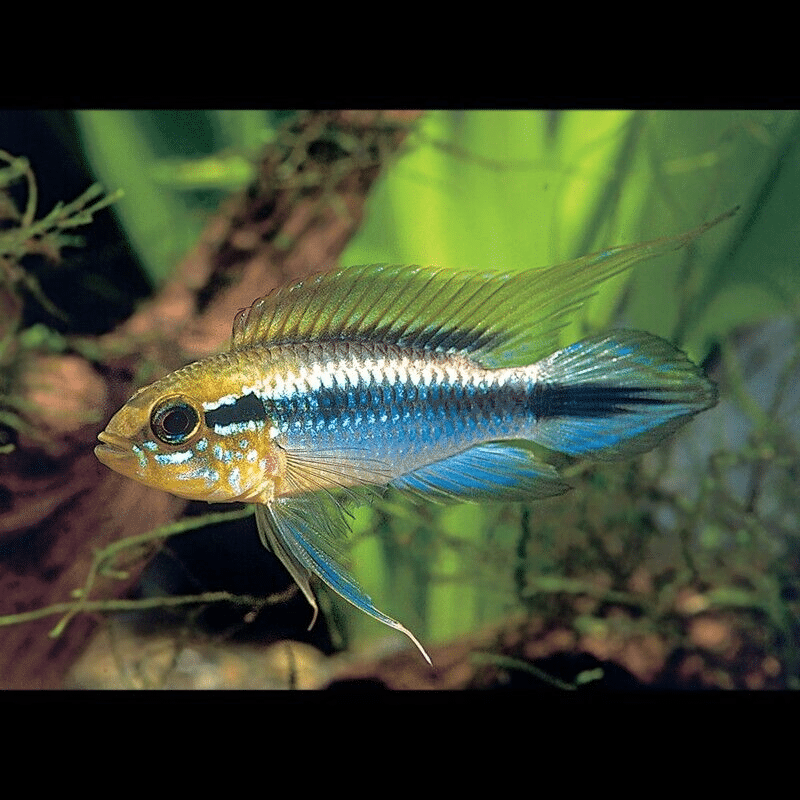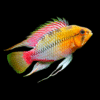To provide the best experiences, we use technologies like cookies to store and/or access device information. Consenting to these technologies will allow us to process data such as browsing behaviour or unique IDs on this site. Not consenting or withdrawing consent, may adversely affect certain features and functions.
The technical storage or access is strictly necessary for the legitimate purpose of enabling the use of a specific service explicitly requested by the subscriber or user, or for the sole purpose of carrying out the transmission of a communication over an electronic communications network.
The technical storage or access is necessary for the legitimate purpose of storing preferences that are not requested by the subscriber or user.
The technical storage or access that is used exclusively for statistical purposes.
The technical storage or access that is used exclusively for anonymous statistical purposes. Without a subpoena, voluntary compliance on the part of your Internet Service Provider, or additional records from a third party, information stored or retrieved for this purpose alone cannot usually be used to identify you.
The technical storage or access is required to create user profiles to send advertising, or to track the user on a website or across several websites for similar marketing purposes.




















Emily Carter (verified owner) –
I am thrilled to share my experience with the PAIR Apistogramma Agassizii «Blue» that I purchased about two months ago. As a passionate aquarium hobbyist, I have always been drawn to dwarf cichlids due to their vibrant colors and unique personalities. This pair has exceeded my expectations! The male exhibits stunning blue and yellow hues, while the female shows beautiful patterns that enhance the tank’s aesthetics.
When I introduced them to my 20-gallon planted tank, they immediately began to explore their new home, which was heartwarming to witness. Their natural behavior is a joy to observe, and they’ve settled in well, showing no signs of stress — a true testament to their health. After a week, they were already displaying some spawning behavior, which indicates they are comfortable and happy in their environment.
Compared to other cichlids I’ve kept, the Apistogramma Agassizii are more peaceful and less aggressive, making them perfect for a community tank. Just a small note: they do appreciate hiding spots, so ensure your setup includes caves or dense plants.
I highly recommend this pair to any aquarist looking to add some color and charm to their freshwater tank. Their lively behavior and unique traits make them a delightful addition for both new and experienced fish keepers alike!
Emily Carter (verified owner) –
I’ve been keeping fish for over five years, and I recently added a pair of Apistogramma Agassizii ‘Blue’ to my peaceful community aquarium. I can’t express how stunning they are! The vibrant colors and intricate patterns have become the centerpiece of my tank. After just two weeks, I can already see how well they’re settling in. The male is quite bold, showing off his beautiful hues, while the female is a bit more shy but just as beautiful. It’s heartwarming to watch them explore their surroundings together.
They seem to thrive in my 20-gallon setup with plenty of hiding spots and soft substrates. I appreciate that they’re relatively peaceful compared to some other cichlids, making them perfect for my other tropical fish. Just a heads-up to new owners: they enjoy mild water conditions, so make sure to keep an eye on that! Overall, this pair has added so much joy to my aquarium. I highly recommend them to anyone looking to introduce stunning freshwater fish to their collection. You’ll definitely love their personalities!